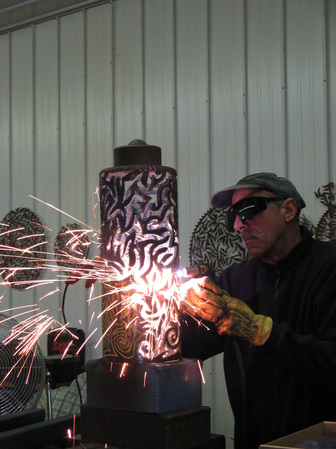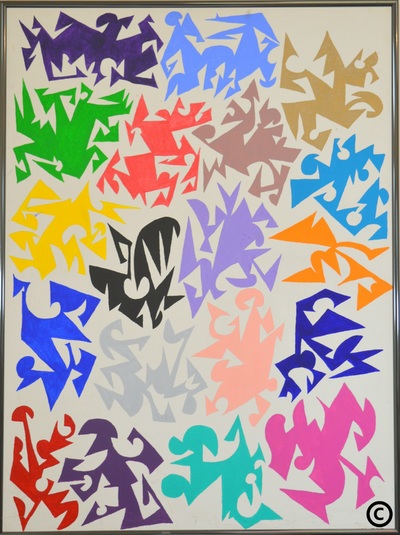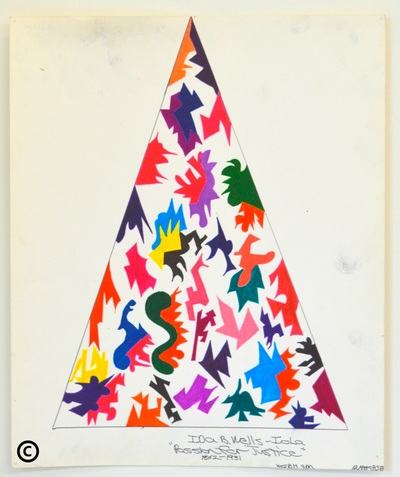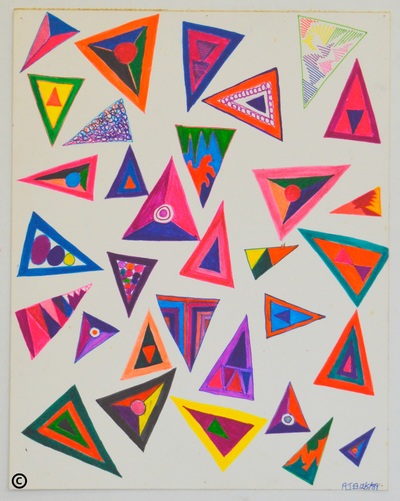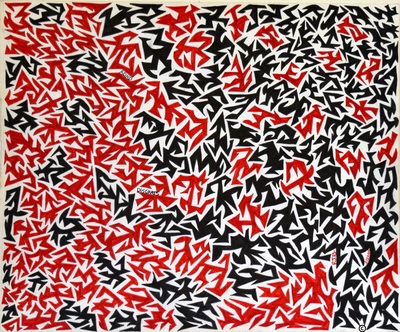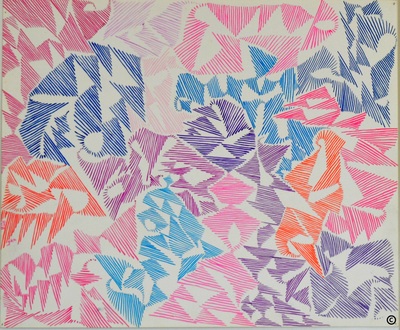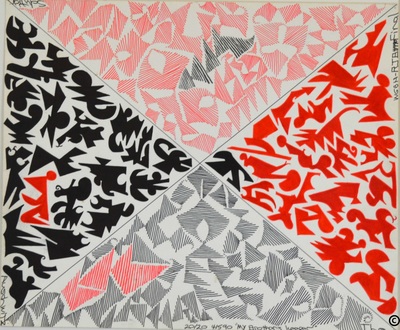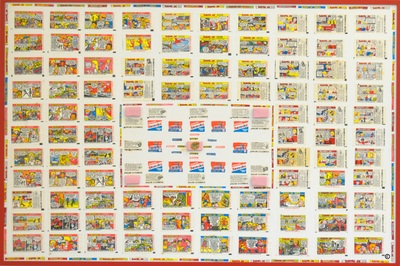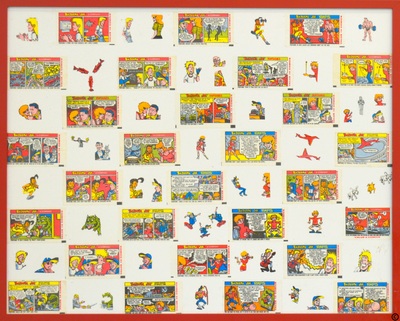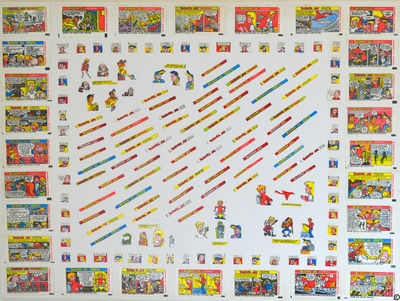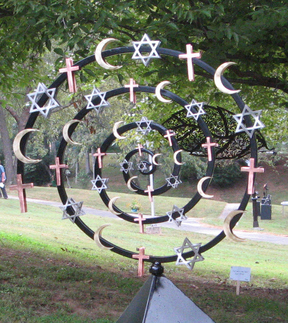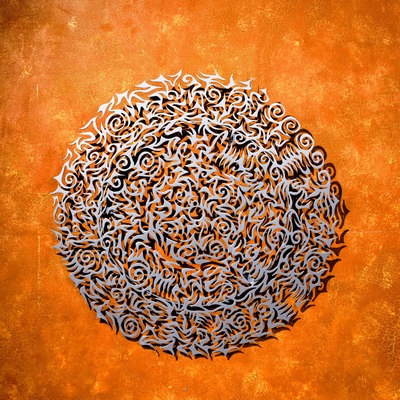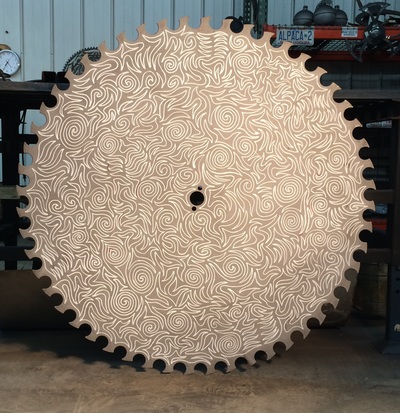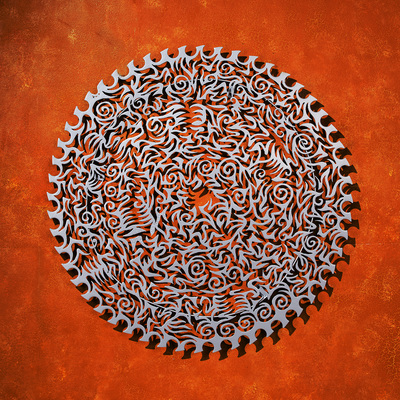MAY, 2022: Please take a moment to read a recent article entitled "A Resurrection on Matoaka" about my life long journey written by Phil Lederer. My studio is where the magic happens. Here is the link
I remember when I was young that I enjoyed art class, but never thought creating art could be a career for me. I continue to enjoy doodling as a cathartic and meditative process. As Sunni Brown, author of The Doodle Revolution states "You can use doodling as a tool...to change your physical and neurological experience in that moment." Doodling has improved my ability to concentrate even under distracting conditions.
During the 1980's I accumulated thousands of Bazooka Gum comics. In 2002 I created mixed media art pieces using the comics. I would cut them apart and glue them to a canvas to create story or design.
click thumbnails of Bazooka Art for larger image
When my wife, Joyce, and I retired to Western North Carolina in 2002, I decided to take a welding class at a local community college. After getting my new toys, a Mig welder and plasma cutter, the idea of incorporating doodles into found steel objects came to me. Because the feeling of being lost in the creative process is hard to duplicate, I made the choice to dedicate more of my time to making art.
I have spent a good part of my life wrestling with the troubling topic of man’s inhumanity to man. To address this conundrum I have created a series of sculptures utilizing religious symbols. I believe most of the insanity of wars being waged are in the name of God; both historically as well as today.
As my main man, Bob (Mr. Dylan) said in his song "With God On Our Side"
“The reason for fighting
I never did get
But I learned to accept it
Accept it with pride
For you don't count the dead
When God's on your side.”
I never did get
But I learned to accept it
Accept it with pride
For you don't count the dead
When God's on your side.”
I decided to use the three most recognizable religious symbols. For Judism, the Star of David is made of stainless steel;
Islam’s Crescent Moon is made of brass; the Cross of Christianity is made of copper.
My goal is to have “Neighbors” funded by an institution, municipality, or benefactor. I believe the most powerful statement for this sculpture would be 20’ or larger. Other designs in this series are being developed.
Artist Statement:
My sculptures are a study of the relationship between positive and negative space, giving equal significance to both.
With reference to my art negative space can be equally interesting. Recently when judging one of my sculptures,
Annette Wells reflected "It is what is not there that makes this piece outstanding."
Further, work as defined by the dictionary typically connotes something negative: labor, toil, drudgery, exertion, grind, etc.
However, because I enjoy what I am doing, “work” is actually satisfying and fulfilling; thus creating a positive experience.
My Process:
I incorporate my intricate designs into mostly steel "found objects" such as: mill saw blades, buoys, tanks, and smudge pots
which I believe make a unique palette. I begin by using a piece of soap stone to draw the initial design onto the surface of the
steel. An example of a work in progress is shown below. Once the design is final, I ink the design with a special marker for steel. Then using a hand-held plasma cutter I cut the design from the steel. All my sculptures are unique. I never use a template to replicate or mass produce my art. Finished pieces are powder coated to protect them from the elements so the sculpture can be placed indoors or out.
Here is an article from howstuffworks.com about plasma cutters:
"Plasma cutters come in all shapes and sizes. There are monstrous plasma cutters that use robotic arms to make precise incisions. There are also compact, handheld units that you might find in a handyman's shop. Regardless of size, all plasma cutters function on the same principle and are constructed around roughly the same design.
Plasma cutters work by sending a pressurized gas, such as nitrogen, argon, or oxygen, through a small channel. In the center of this channel, you'll find a negatively charged electrode. When you apply power to the negative electrode, and you touch the tip of the nozzle to the metal, the connection creates a circuit. A powerful spark is generated between the electrode and the metal. As the inert gas passes through the channel, the spark heats the gas until it reaches the fourth state of matter. This reaction creates a stream of directed plasma, approximately 30,000 F (16,649 C) and moving at 20,000 feet per second (6,096 m/sec), that reduces metal to molten slag.
The plasma itself conducts electrical current. The cycle of creating the arc is continuous as long as power is supplied to the electrode and the plasma stays in contact with the metal that is being cut. In order to ensure this contact, protect the cut from oxidation and regulate the unpredictable nature of plasma, the cutter nozzle has a second set of channels. These channels release a constant flow of shielding gas around the cutting area. The pressure of this gas flow effectively controls the radius of the plasma beam."
